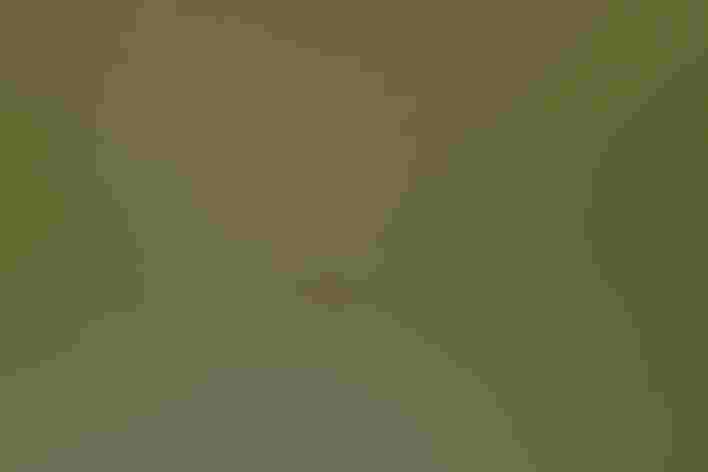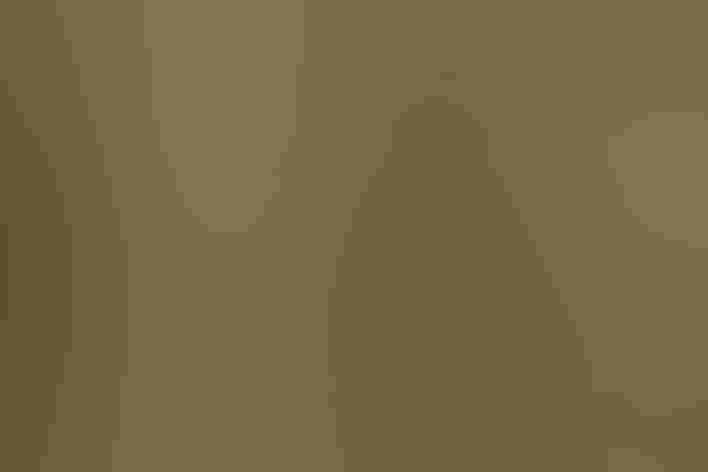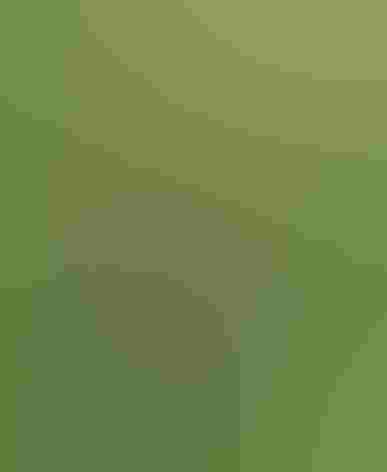White-faced Ibis
At a Glance
Very similar to the Glossy Ibis, and mostly replaces it west of the Mississippi River, although the two species occur together in parts of the southeast. White-faced Ibises wander through the west during the warmer months, and they may quickly find and take advantage of temporary new habitat after rains or flooding. Even their nesting sites often change from year to year with changes in local water levels.
All bird guide text and rangemaps adapted from Lives of North American Birds by Kenn Kaufman© 1996, used by permission of Houghton Mifflin Harcourt Publishing Company. All rights reserved.
Category
Ibises and Spoonbills, Long-legged Waders
IUCN Status
Least Concern
Habitat
Coasts and Shorelines, Fields, Meadows, and Grasslands, Freshwater Wetlands, Lakes, Ponds, and Rivers, Saltwater Wetlands
Region
California, Eastern Canada, Northwest, Plains, Rocky Mountains, Southeast, Southwest, Texas
Behavior
Direct Flight, Flap/Glide, Formation, Rapid Wingbeats, Soaring
Population
7.200.000
Range & Identification
Migration & Range Maps
Present all year in southern California and coastal Texas and Louisiana; migratory elsewhere. Birds from all populations are likely to wander. Strays have reached Atlantic Coast often in recent decades.
Description
22-25" (56-64 cm). W. 3'1 (94 cm). Very similar to Glossy Ibis, usually best identified by range. (They overlap on western Gulf Coast, and each may wander into range of the other.) In breeding plumage, has border of white feathers around red face skin (Glossy has dark gray face skin with pale blue edge, no white feathering), often has reddish legs. Immatures not safely identified; winter adults of the two species almost identical, although White-faced has red eyes.
Size
About the size of a Heron, About the size of a Mallard or Herring Gull
Color
Black, Brown, Green, Red, White
Wing Shape
Broad, Long, Rounded
Tail Shape
Short
Songs and Calls
Low croaks and grunts.
Call Pattern
Flat, Simple
Call Type
Croak/Quack
Habitat
Fresh marshes, irrigated land, tules. For foraging, favors very shallow water, as in marshes, flooded pastures, irrigated fields. Sometimes in damp meadows with no standing water. Prefers fresh water marsh, but sometimes forages in salt marsh.
Sign up for Audubon's newsletter to learn more about birds like the White-faced Ibis
Behavior
Eggs
3-4, sometimes 2-5. Clutches of more than 5 probably result from other females laying eggs in nest. Eggs pale blue-green to dark turquoise. Incubation is by both sexes, 17-26 days, usually 21-22 days.
Young
Both parents feed young, by regurgitation. At age of 3 weeks, young may move about outside nest; attempt to fly at 4 weeks, can usually fly fairly well at 5 weeks.
Feeding Behavior
Forages mostly by wading in shallow water, probing in soft mud for food. Also picks insects and other items from surface of water or soil, or from plants above water.
Diet
Mostly insects, crustaceans, earthworms. Feeds on aquatic insects and their larvae, as well as those living in damp soil. Eats many crayfish and earthworms. Also eats frogs, snails, small fish, leeches, spiders.
Nesting
Breeds in colonies. Colony sites often shift from year to year with changes in water levels. Nest site is usually in dense marsh growth (such as bulrush or cattails) or in low shrubs or trees above water, sometimes on ground on islands. Nest (built by both sexes) is bulky platform of bulrushes or other plant stems, with depression at center. Material gathered close to nest site, sometimes stolen from vacant nests of other birds.
Conservation
Conservation Status
Local numbers fluctuate, but total population in North America apparently increased from 1970s to 1990s. Has expanded breeding range somewhat eastward during same period.
Climate Threats Facing the White-faced Ibis
Choose a temperature scenario below to see which threats will affect this species as warming increases. The same climate change-driven threats that put birds at risk will affect other wildlife and people, too.










